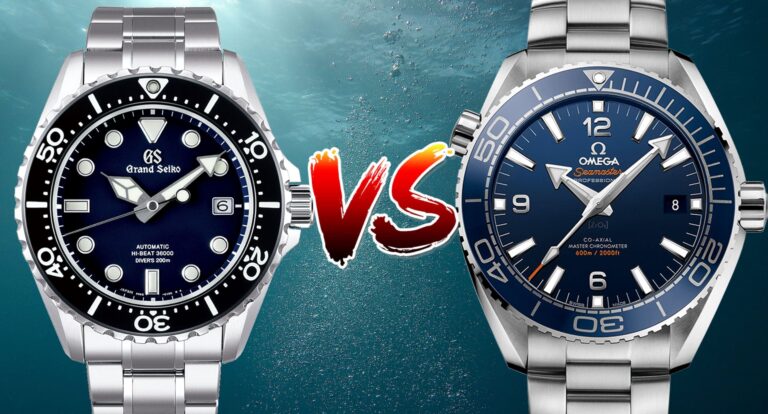Fergus Nash
Last time Seiko vs Hamilton ColumnJapan and Switzerland are once again clashing. The rules state that these two watches must compete for the same customers, and it’s my job to determine where they agree, where they differ, and which one is the better option. Entering the world of luxury sports watches, the premium Rolex Submariner has disappeared from most people’s consideration due to gray market prices that have risen to nearly double the MSRP. To help those of you still searching in that range, but looking for a watch with a bit more personality, I’ll be pitting the Grand Seiko SBGH289 against the Omega Seamaster Planet Ocean 600M.

Brand Grand Seiko Omega Model SBGH289 Seamaster Planet Ocean 600M Reference SBGH289 215.30.44.21.03.001 Case size 43.8mm (D) x 14.7mm (T) x 51mm (L2L) 43.5mm (D) x 16.1mm (T) x 52.5mm (L2L) Case material Stainless steel Stainless steel Water resistance 200M 600M Dial Blue Blue Crystal Sapphire with anti-reflective coating Sapphire with anti-reflective coating Strap Steel bracelet Steel bracelet Movement 9S85 Caliber 8900 Power reserve 55 hours 60 hours Functions Hours, minutes, seconds, date Hours, minutes, seconds, date Availability Current Current Price AU$10,900 A$10,575
Commonalities: The pinnacle of standard divers
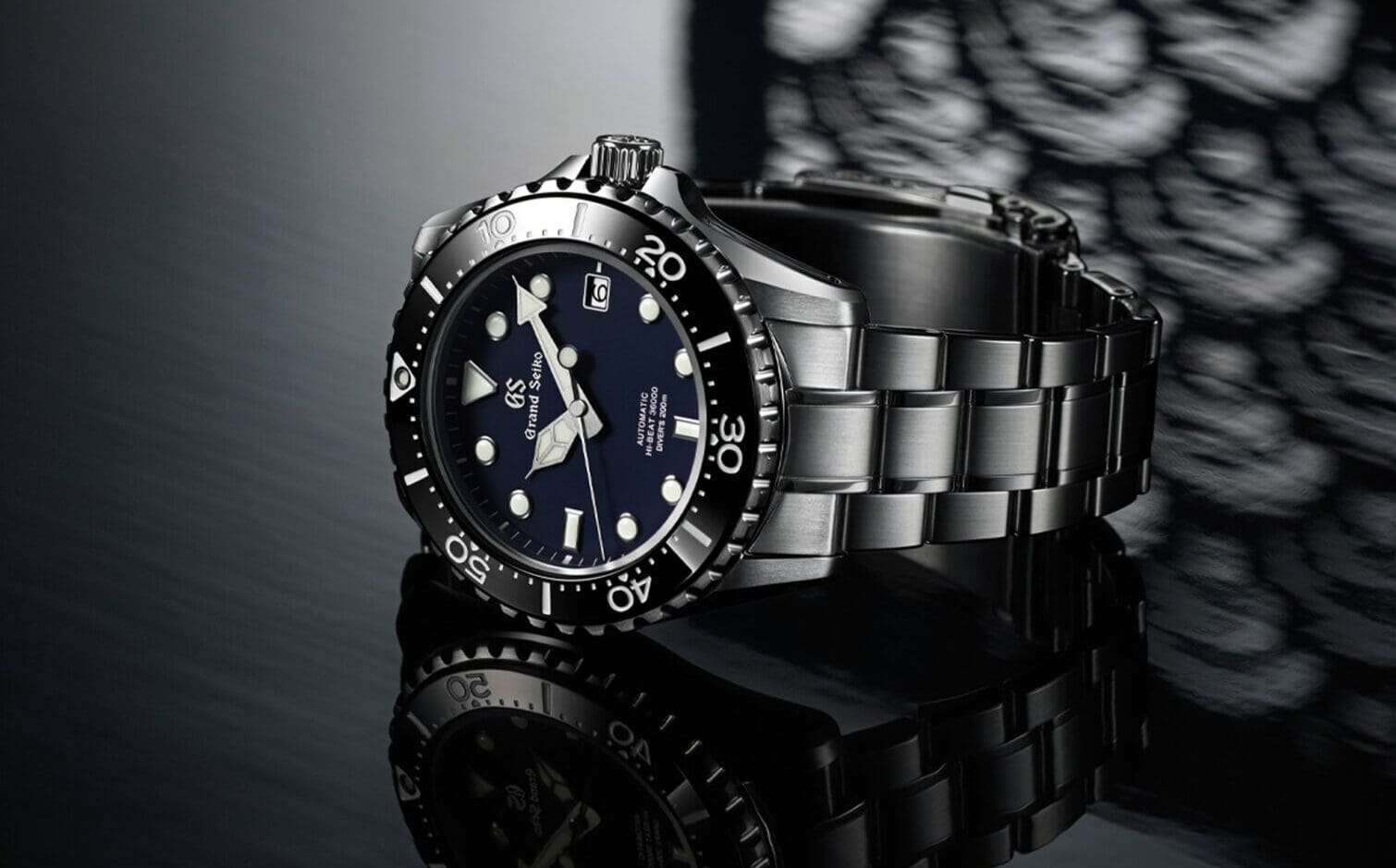
While it may sound like a slight to call either of these gorgeous watches “standard,” it’s actually a testament to the quality of both brands that what are essentially practical diver watches have managed to be so impressive. They don’t have to rely on precious metals, flashy complications, or flashy colors, but are based on solid foundations: a stainless steel case, a movement that displays time and date, and a blue dial. These kinds of watches might be purchased more often by businessmen than professional divers, but both perform equally well when needed. Blue dial diver watches are as versatile an option as possible, and both can be easily worn in any situation, from casual to formal. They are essentially simple tools, and their romantic aspect is why they are so highly sought after by the general public, even at the luxury price point.


In terms of legibility, both the SBGH289 and Planet Ocean are at the top of the line. While the Grand Seiko has a slightly more unique style of hour hand, both use an arrow-shaped minute hand to clearly indicate the strong hour markers. Both use luminous paint on the markers and hands, and there is one pip on the bezel at 12 o’clock. The Grand Seiko’s Lumibrite may not last as long as Swiss Super-LumiNova, but the initial glow is brighter, making both suitable for everyday use in the dark or underwater. The case styles are also very similar, with Omega’s distinctive lyre lugs blending nicely into the first link of the bracelet, just like the Grand Seiko’s.

The dial colors are obviously different, with the SBGH289 being darker than the glossy ceramic dial of the Planet Ocean, but within the context of a diver’s watch, the effect is essentially equivalent. Both blues suggest a connection to water and bring an air that is a bit more intense than the black dial but not as frivolous as the green dial. One of the biggest commonalities between these two watches is the price. The Grand Seiko is slightly more expensive by AU$325. This is not an inconsiderable amount, but for comparison purposes, it’s only a 3% increase.
What sets them apart: movement, size, attitude
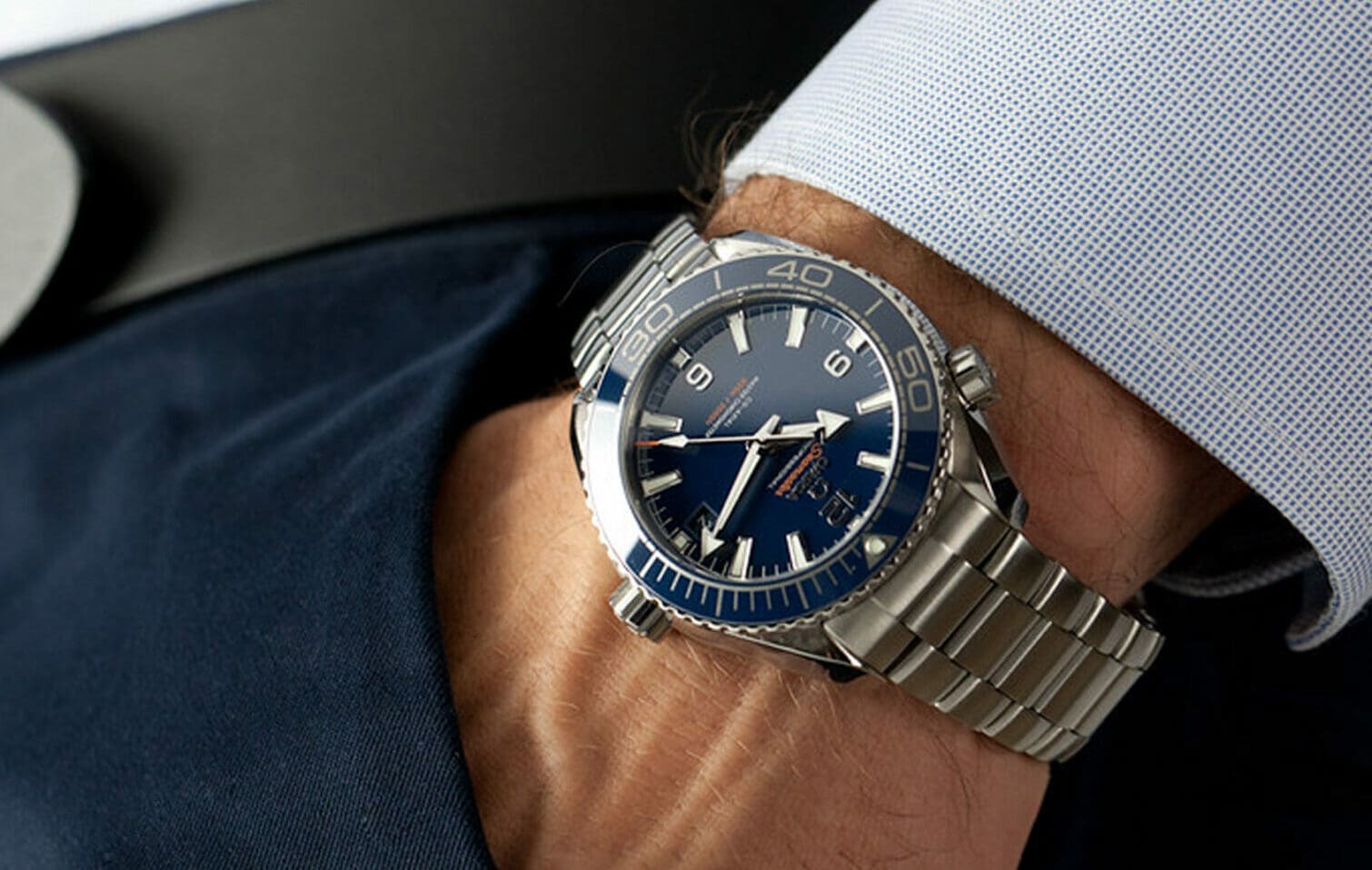
If you try the Grand Seiko SBGH289 and the Omega Seamaster Planet Ocean back and forth, the most obvious difference is probably the size. The diameters are almost identical, with only a difference of 0.3mm, but the other dimensions make all the difference. The Grand Seiko’s 14.7mm thickness emphasizes its chunky presence and reassuring weight, but being below the magic number of 15mm seems pretty significant to most enthusiasts. The Planet Ocean is a bit thicker at 16.1mm, but if you’re buying a 43.5mm diver’s watch in the first place, you probably have a wrist that can wear it. The SBGH289’s 51mm lug-to-lug length is quite short considering its 43.8mm width, but the size will be felt even on average wrists. The Omega’s 52.5mm lug-to-lug will definitely be inconvenient for those with smaller wrists. A big advantage of the Planet Ocean in this case is that an identical model measuring 39.5mm x 14.2mm x 44.7mm is available for the same price, so if size was a deciding factor for you, Omega’s smaller version would again be a good choice.
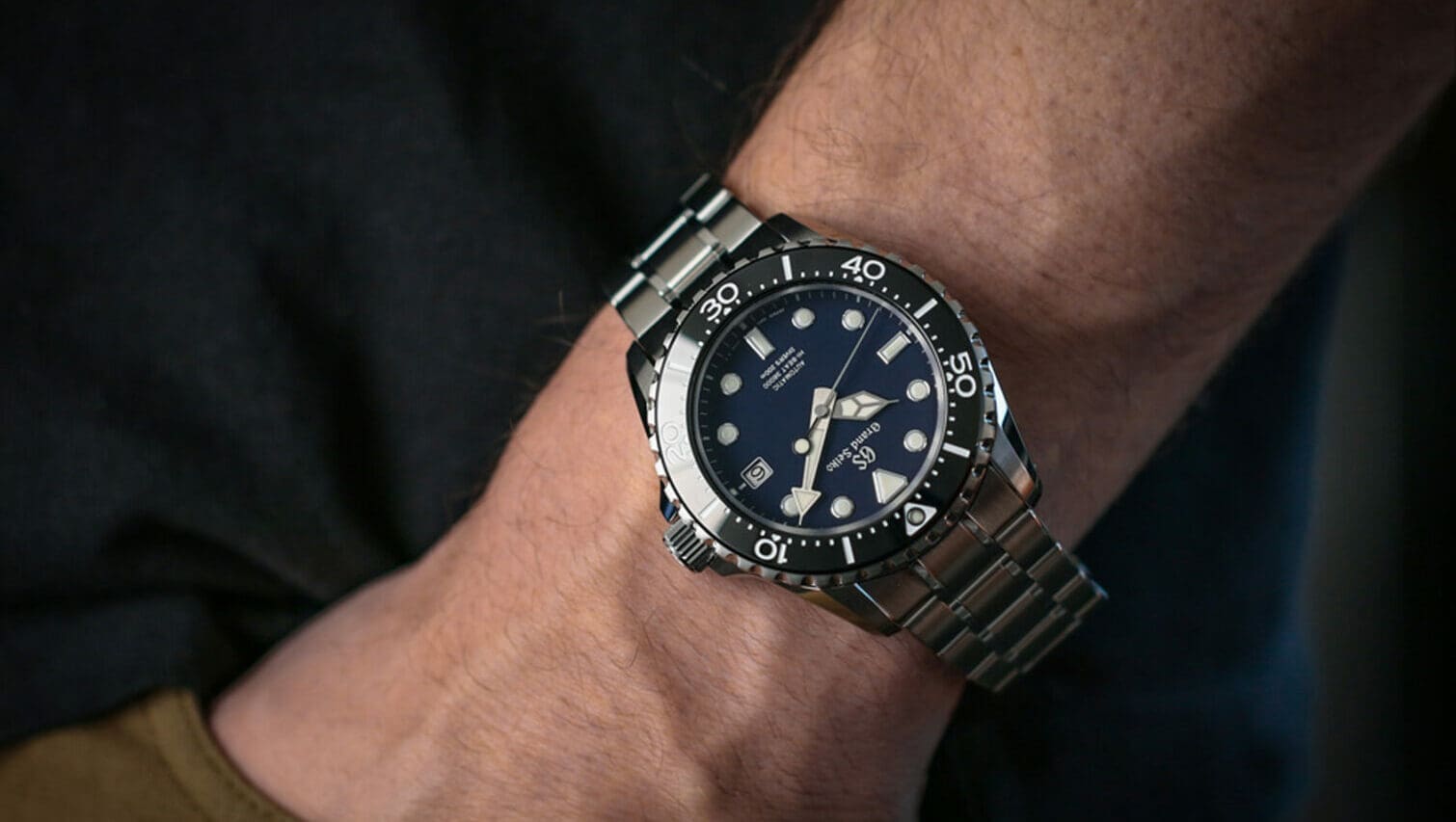
The in-house automatic movements that power these watches also vary quite a bit in both specifications and rated performance. The Grand Seiko SBGH289 uses the caliber 9S85, a high-beat movement with 36,000 vibrations per second, one of the smoothest sweeps in any mechanical watch. The idea behind this, aside from the aesthetic benefits, is that a faster frequency translates to better accuracy, but how does this compare to the Omega caliber 8900? Grand Seiko provides two sets of data for the movement, calculated over a 12-day period: “average daily rate” and “accuracy under normal use.” The average daily rate shows an accuracy of +5/-3 seconds per day, while the accuracy under normal use claims +8/-1 seconds per day. The accuracy under normal use is the preferred figure, since it is easier to hack a movement to catch up with a watch than to advance it. The Omega Caliber 8900 is a METAS certified Master Chronometer, operating within +5/-0 seconds. Specs-wise it’s the clear winner, considering the Omega also includes an additional 5 hours of 60 power reserve, 15,000 Gauss anti-magnetic rating, and the famous co-axial escapement. While Grand Seiko keeps it simple with a solid caseback featuring their iconic lion, Omega offers a sapphire display caseback.
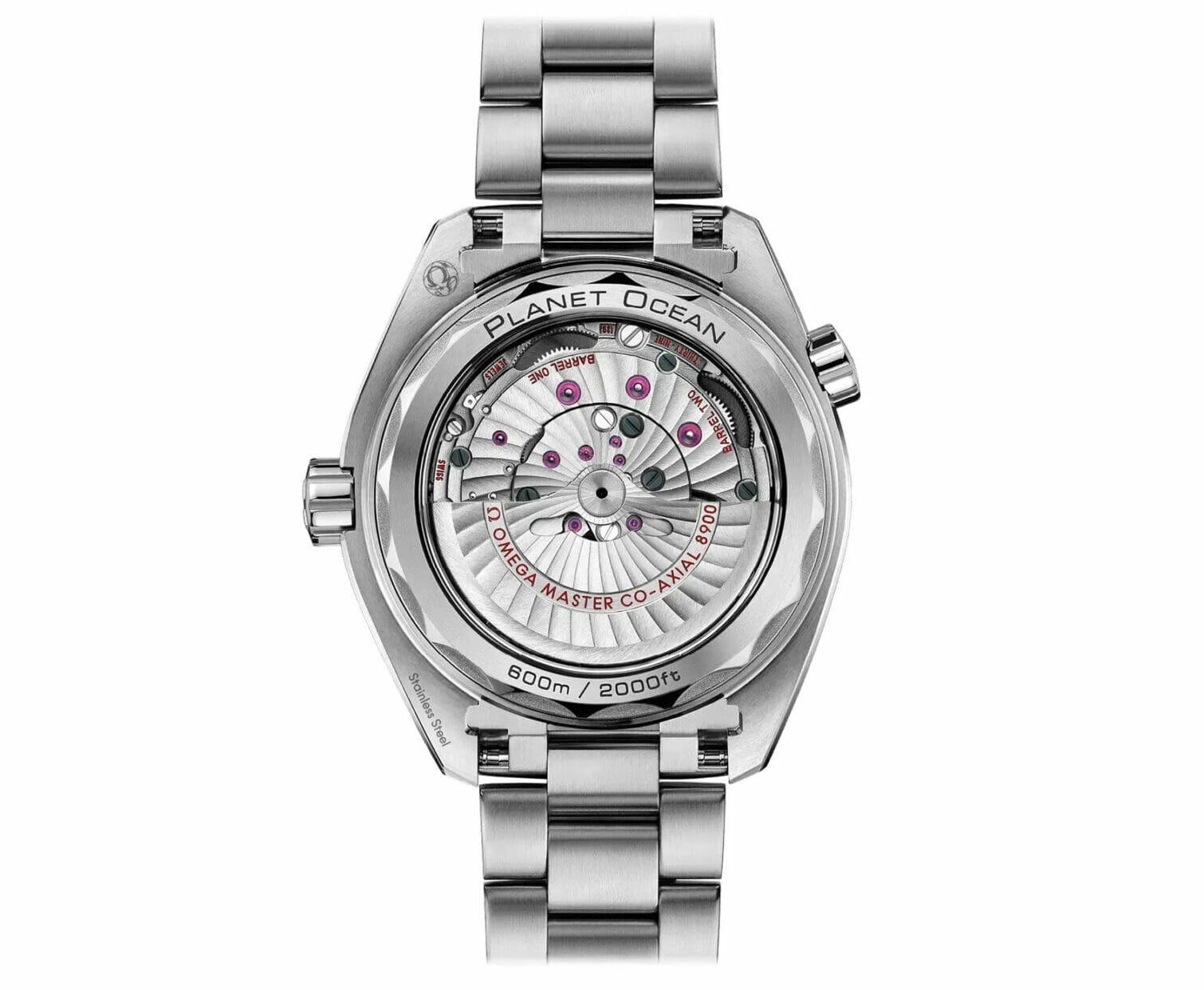
While these two watches have a lot in common, their underlying attitudes are clearly different. The Omega Seamaster Planet Ocean feels very contemporary with its 600-meter water resistance, applied Arabic numerals, helium escape valve, ceramic bezel, and orange accents. The Grand Seiko SBGH289 looks and feels much more modern, but there are hints of the 1960s and 70s influences in the hour indexes, bezel markings, and crown guards. But before you assume this makes the Planet Ocean more durable, keep in mind that the SBGH289 is protected by Grand Seiko’s Super Hard Coating, making it more scratch-resistant than the Omega.
The verdict and my personal choice
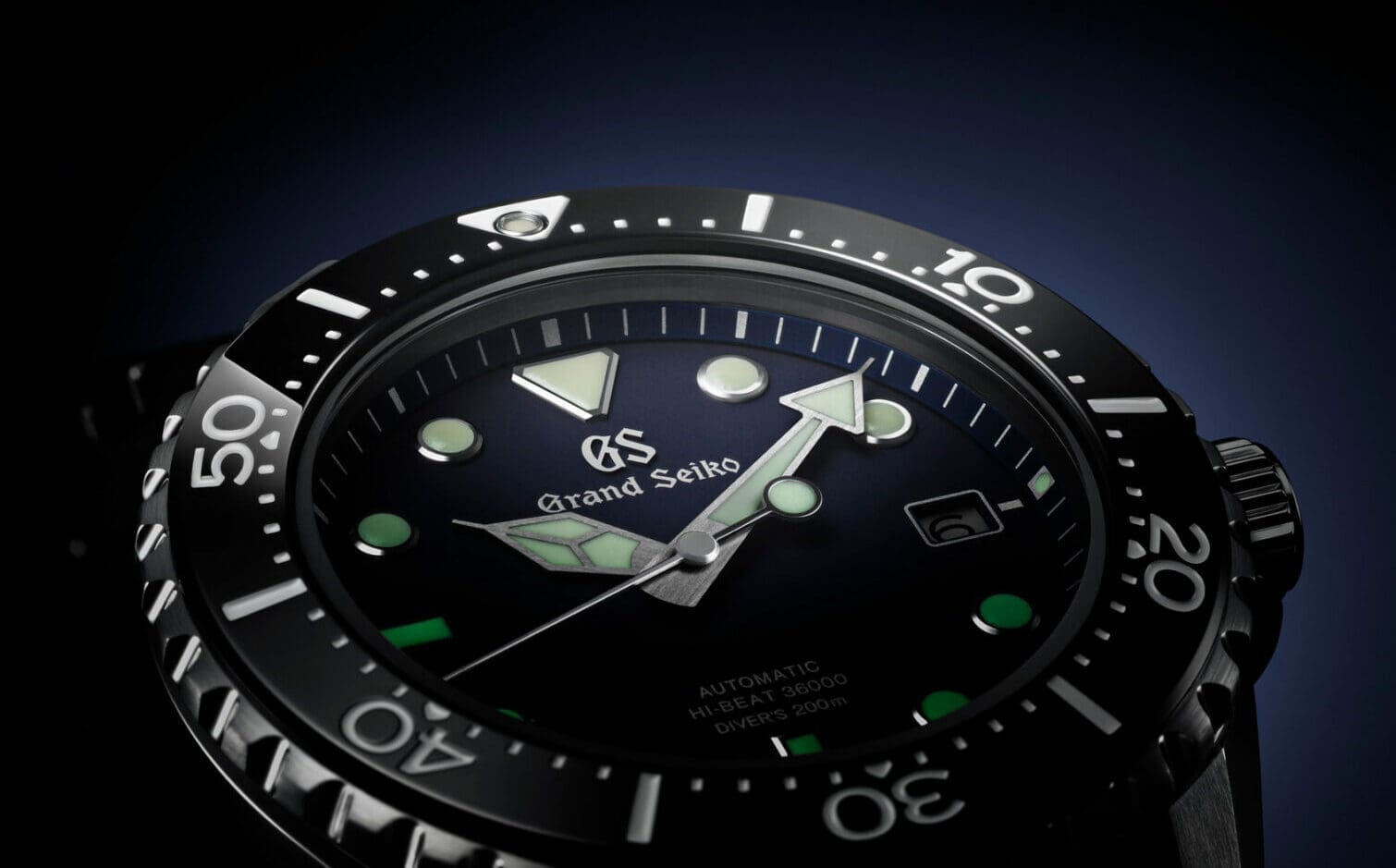
There are differences between the Grand Seiko SBGH289 and the Omega Seamaster Planet Ocean, but the choice is up to you. If you like high-tech and modern style, you may prefer the Planet Ocean over the traditional design of the Grand Seiko. Different brand identities can also make the choice between the two. Omega is known as a great brand around the world, while Grand Seiko is a slightly more obscure option outside of Japan. You might choose the SBGH289 simply because you like the idea of a Hi-Beat movement that vibrates five times per second, or you might choose it because you want the extra performance that the Omega offers.
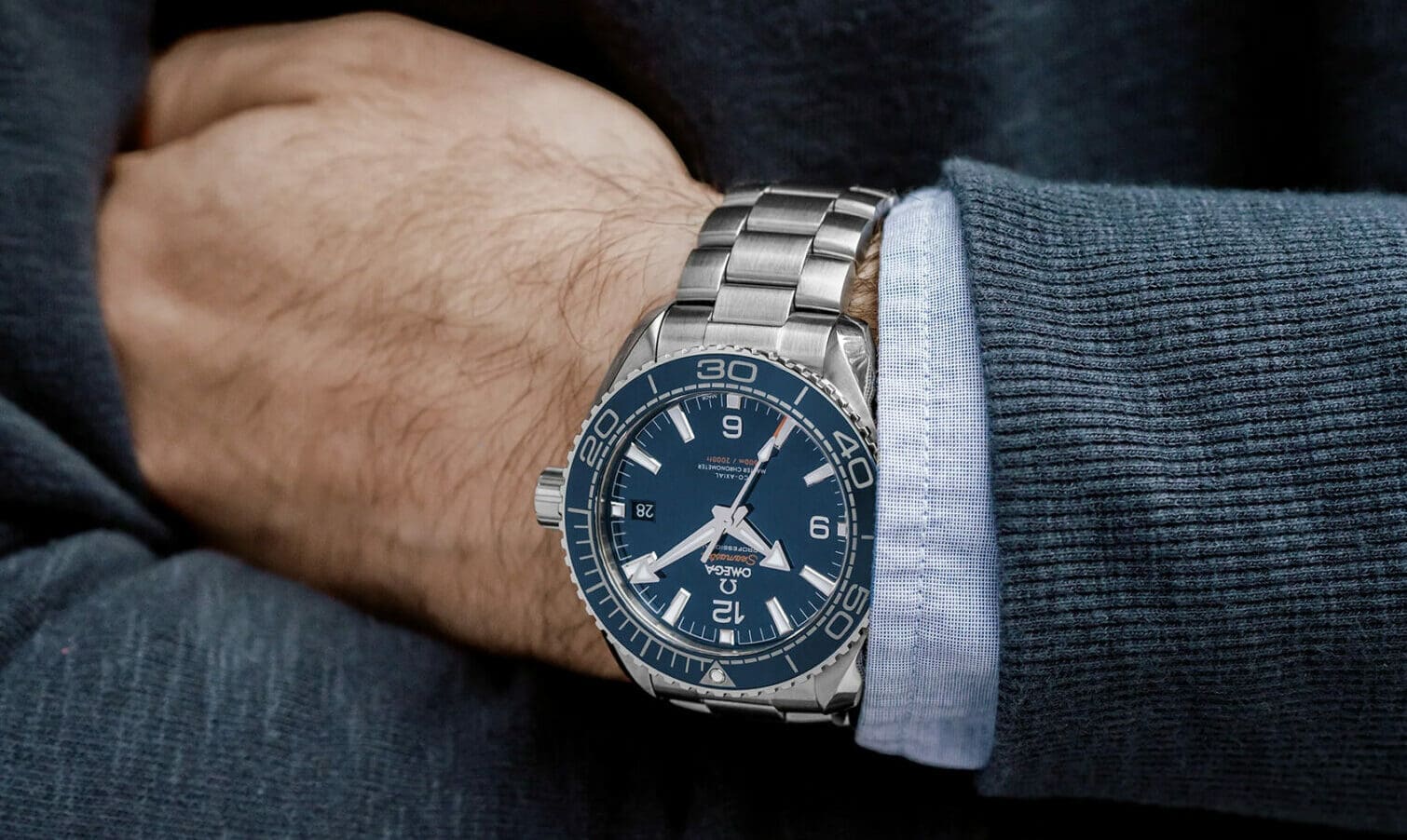
Personally, I would vote for Planet Ocean, although openly admitting a bias, I have a heart for Omega. My Great-Grandfather’s 1958 Seamaster I later purchased a 2008 Planet Ocean, purely out of loyalty and nostalgia. Planet Ocean that I soldThe look is a little more to my liking and I would probably go for the 39.5mm model. The blue bezel/dial combo makes a little more sense to me than the navy dial with black bezel. Also, the white date wheel on a dark dial is one of my biggest pet peeves.
